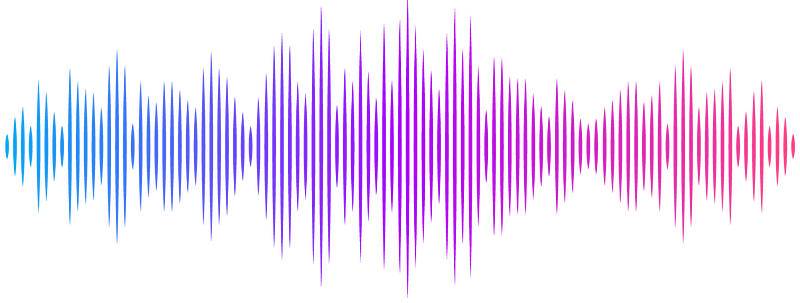Structural determinants for red-shifted absorption in higher-plants Photosystem I

Structural determinants for red-shifted absorption in higher-plants Photosystem I
Capaldi, S.; Guardini, Z.; Montepietra, D.; Pagliuca, V. F.; Amelii, A.; Betti, E.; John, C.; Pedraza-Gonzalez, L.; Cupellini, L.; Mennucci, B.; Bonnet, D. M. V.; Chaves-Sanjuan, A.; Dall'Osto, L.; Bassi, R.
AbstractHigher plants Photosystem I absorbs near-infrared light through long-wavelength chlorophylls, enriched under vegetation canopies, to enhance photon capture. Far-red absorption originates from chlorophylls pairs within the Lhca3 and Lhca4 subunits of the LHCI antenna, known as the \'red cluster\' composed of chlorophylls a603 and a609. We used reverse genetics to produce an Arabidopsis mutant devoid of red-shifted absorption, and we obtained high-resolution cryo-EM structures from purified PSI-LHCI complexes in both wild-type and mutant plants. Computed excitonic coupling values suggested a possible contribution of additional nearby pigment molecules, namely chlorophyll a615 and violaxanthin in L2 site, to far-red absorption. Therefore, we investigated the structural determinants of far-red absorption and analyzed the spectroscopic effects of these additional pigments by producing further Arabidopsis transgenic lines. The two experimental structures were used for quantum mechanics calculations, revealing that excitonic interactions alone cannot explain far-red absorption, while charge transfer states were needed for accurate spectral simulations. Our findings demonstrate that the molecular mechanisms of light-harvesting under shaded conditions rely on very precise tuning of chromophore interactions, an understanding of which is crucial for designing light-harvesting complexes with engineered absorption spectra